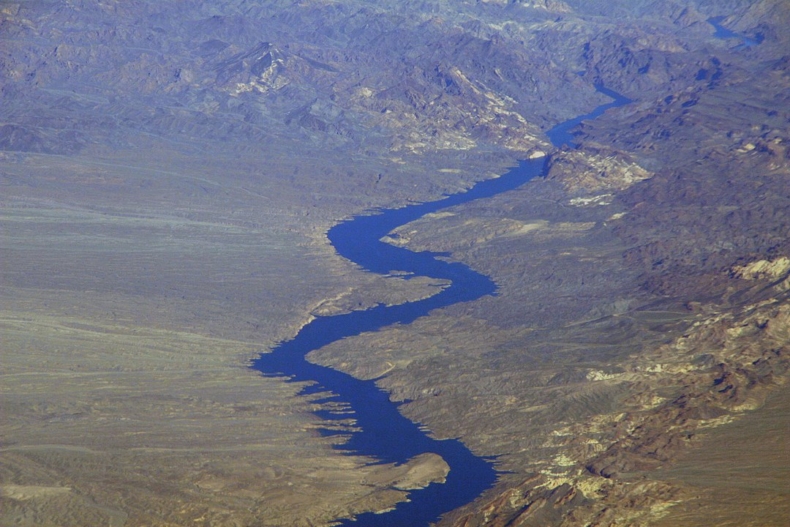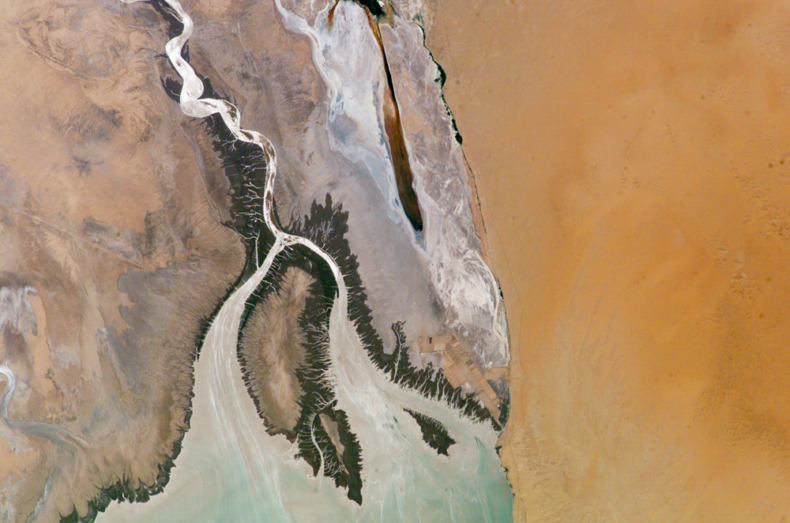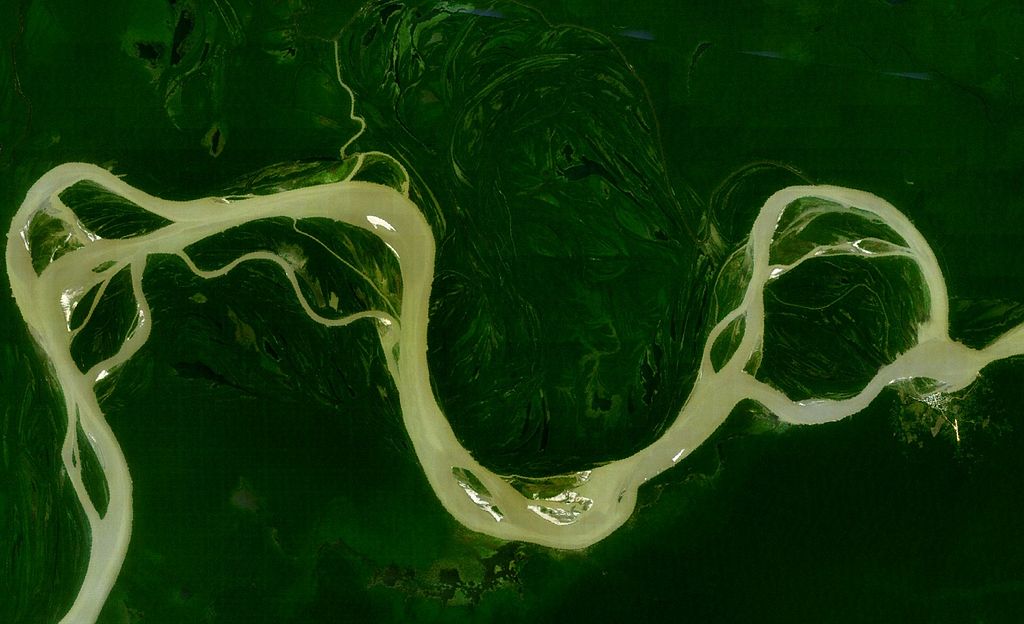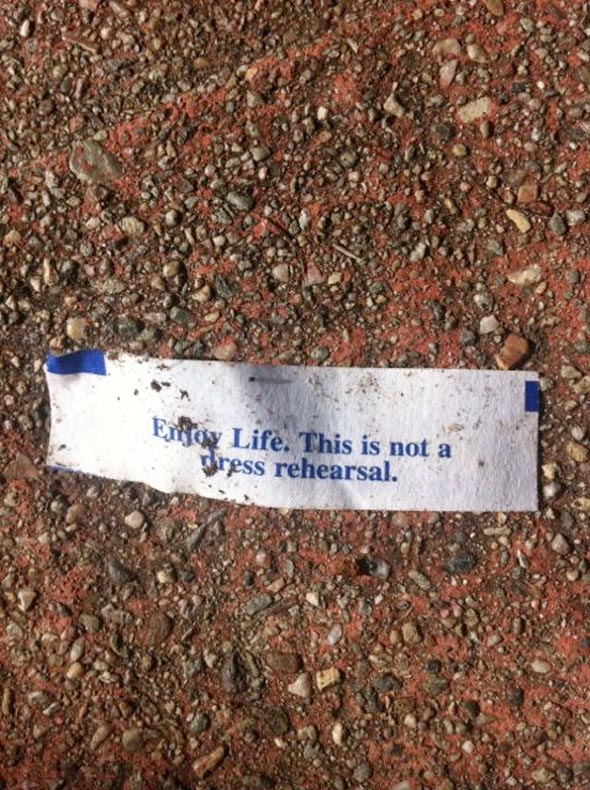In The Slow Road to Sudden Change, the always-incisive Rebecca Solnit likens the sudden coalescing of activism ignited by the death of George Floyd to a bonfire or a waterfall fed by a river. She shifts our view of the much-abused metaphor of rivers by describing how rivers REALLY act. And that gave us much deeper understanding of how change often happens, historically and personally.
The metaphor of the river of time is often used to suggest that history flows at a steady pace, but real rivers have rapids and shallows, eddies and droughts. They freeze over and get dammed and their water gets diverted. And sometimes the river comes to the precipice and we’re all in the waterfall. Time accelerates, things change faster than anyone expected, water clear as glass becomes churning whitewater, what was thought to be impossible or the work of years is accomplished in a flash.

We googled “Be like a river” and found endless aphorisms that seem right at first glance, but have so little nuance as to remain diffuse, a difficult ideal to implement.
We humans are more like Solnit’s deeply alive, changeable, unpredictable river, prone to messy processes, to “eddies and droughts” and change.
And just as unpredictably, often when we least expect it…
…what was thought to be impossible or the work of years is accomplished in a flash.

Bottom image: Aerial View of Colorado River by Doc Searls.
Related posts:
Opened At Random: A Field Guide To Getting Lost (How To Be Rich In Loss)
A River’s Natural Ice Circle (Mandala)




